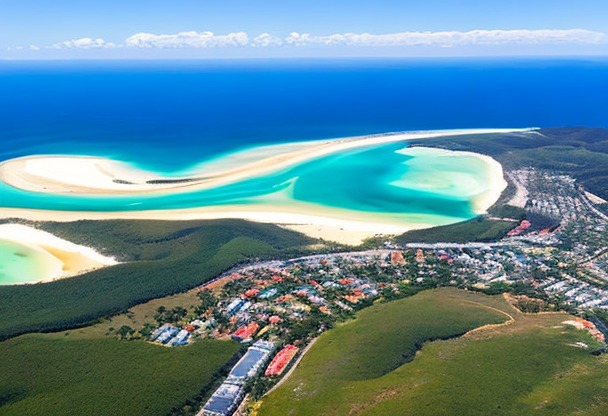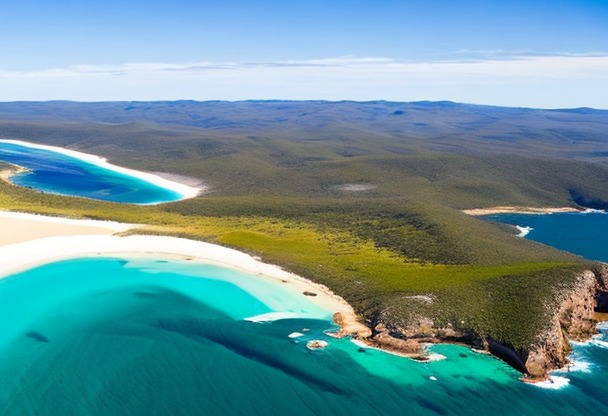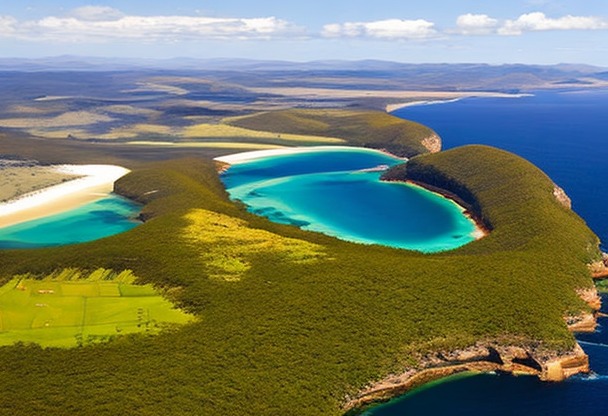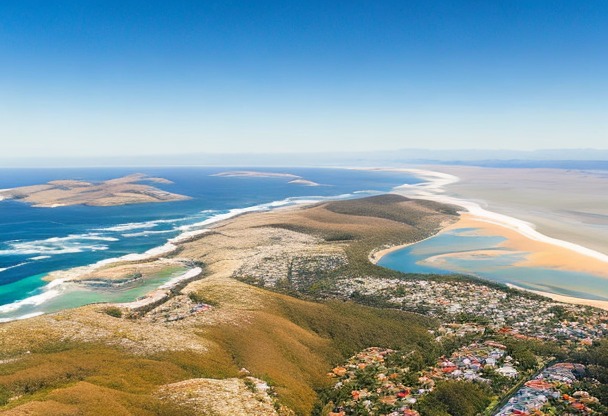Best time to travel to Australia
Choosing the right time for your trip to Australia can make all the difference. It's important to consider weather elements, seasonal events and peak tourist periods to maximize your travel experience.

Location
Climate
The seasons in Australia: adapting your trip to the weather
Unlike the northern hemisphere, Australia's seasons are reversed. So it's essential to take this factor into account when planning your trip. Here's an overview of the different seasons and their impact on the weather:- Summer (December to February) : Temperatures are warm, even very warm in some regions. It's the ideal time to enjoy the beaches, but also the most touristic.
- Autumn (March to May): Temperatures start to drop, offering a pleasant climate for hiking or cultural visits. Crowds are also smaller than in summer.
- Winter (June to August): Temperatures are cool, especially in the south of the country. This is the best time to visit the northern tropical regions without suffering from heat or cyclones.
- Spring (September to November) : The climate gradually warms up and the days get longer. Wild flowers begin to bloom, offering a dazzling spectacle in some areas.
Low and high season: adapt your budget and avoid the crowds
As with any tourist destination, Australia has low and high season periods, which can have an impact on the price of accommodation and activities, as well as on the availability of services. Here's an overview of the different periods to consider when planning your trip:Low season
The low season in Australia generally corresponds to the winter months, from June to August. During this period, temperatures are cooler and rainfall heavier, especially in the south of the country. However, this doesn't mean you can't enjoy your stay:- The northern tropical regions, such as Queensland and the Northern Territory, enjoy a pleasant, dry climate, without the crowds of tourists present during the high season.
- Prices for accommodation and activities are generally lower in the low season, so you can save money on your travel budget.
High season
Peak season in Australia is from December to February, during the summer months. Temperatures are warm and the days are long, allowing you to take full advantage of the beaches and water sports. However, this period also has its drawbacks:- Prices for accommodation and activities are higher and availability may be limited, especially in popular tourist areas.
- Crowds of tourists can make some visits less enjoyable or lead to long queues for popular attractions.
In-between seasons: balancing weather and crowds
For those who wish to enjoy a pleasant climate without the inconvenience of high season, the shoulder seasons (spring and autumn) represent a good compromise:- The climate is generally mild, with mild temperatures and little chance of heavy rainfall.
- Tourist crowds are smaller than in high season, making visits and activities more enjoyable.
- Prices for accommodation and activities may be slightly lower than in high season, especially at the beginning and end of the period.
Major cultural events and public holidays in Australia
Australia has many major cultural events and public holidays that can influence the timing of your trip. Here are just a few examples:- New Year's Day (January 1) : New Year celebrations are very popular in Australia, with spectacular fireworks displays in Sydney and Melbourne.
- Sydney Festival (January) : This annual festival offers a variety of cultural and artistic events throughout January.
- Australian Open (January): This major sporting event attracts thousands of visitors to Melbourne to watch the tennis competitions.
- Vivid Sydney (May-June): This festival of light, music and ideas transforms Sydney into a dazzling spectacle for several weeks.
- Melbourne International Arts Festival (October): This festival celebrates the arts in all their forms, with dance, theater, music and visual art exhibitions.
Insurance

Your credit card does not cover you in all situations, that is whyIt is essential to take out insurance before you leave to avoid any unpleasant surprises. If you need to see a doctor or be hospitalized, in some countries, medical costs are very high and you will then find yourself having to pay several thousand euros.
Our partner Chapka Insurance proposes the contract CAP ASSISTANCE 24/24 with many essential guarantees.


Flights

Your flight has been cancelled or delayed ?
You may be eligible for a compensation of up to €600 ! For this, lawyers are responsible for handling your claim with the airline and are only paid when the reimbursement is effective.
In conclusion, no financial risk for you, only advantages!
General immigration trends in Australia
In recent years, Australia has seen a significant increase in the number of immigrants. Indeed, according to data provided by the Australian government, the total number of permanent and temporary residents stood at around 7.5 million in June 2020, an increase of over 40 % compared to the same period in 2010.The main nationalities of immigrants
Among the immigrants who choose to settle in Australia, some nationalities are more represented than others. The main groups come from :- China
- India
- United Kingdom
- New Zealand
- Philippines
The most popular visas in Australia: focus on the different categories
There are several types of visa that enable foreigners to live, work or study in Australia. Here are the main categories and their recent evolution.Temporary visas
Temporary visas are issued for a limited period and are mainly for workers, students and visitors. They include :- Temporary skilled worker visa (subclass 482)
- Student visa (subclass 500)
- Working vacation visa (subclass 417 and 462)
Permanent visas
Permanent visas enable immigrants to settle permanently in Australia. They are generally granted on the basis of family reunion, professional qualifications or refugee status. The main categories include :- Permanent resident visa based on employer sponsorship (subclass 186 and 187)
- Permanent resident visas based on individual skills (subclass 189, 190 and 491)
- Parent or spouse of Australian citizen or permanent resident visa (subclass 103, 143, 173, 820 and 801)
Australia's international tourism figures: economic impact and recent trends
Australia is also a popular tourist destination for international travelers, attracted by its natural beauty, beaches and pleasant climate. The tourism sector plays a major role in the national economy, accounting for around 3.1 % of GDP in 2019.Foreign tourist arrivals
In 2019, Australia welcomed over 9 million international visitors, up 2.7 % on 2018. The main countries of origin of these tourists were:- China (nearly 1.4 million arrivals)
- New Zealand (around 1.3 million arrivals)
- UNITED STATES (nearly 800,000 arrivals)
Foreign tourist spending
In addition to the number of arrivals, spending by international visitors is a key indicator of the importance of tourism to the Australian economy. In 2019, this spending amounted to almost A$45 billion, an increase of 5.4 % on 2018. Among the main sources of revenue are:- Personal travel (nearly 75 % of total expenditure)
- Business travel (around 10 % of total expenditure)
- Courses and training (around 6 % of total expenditure)


